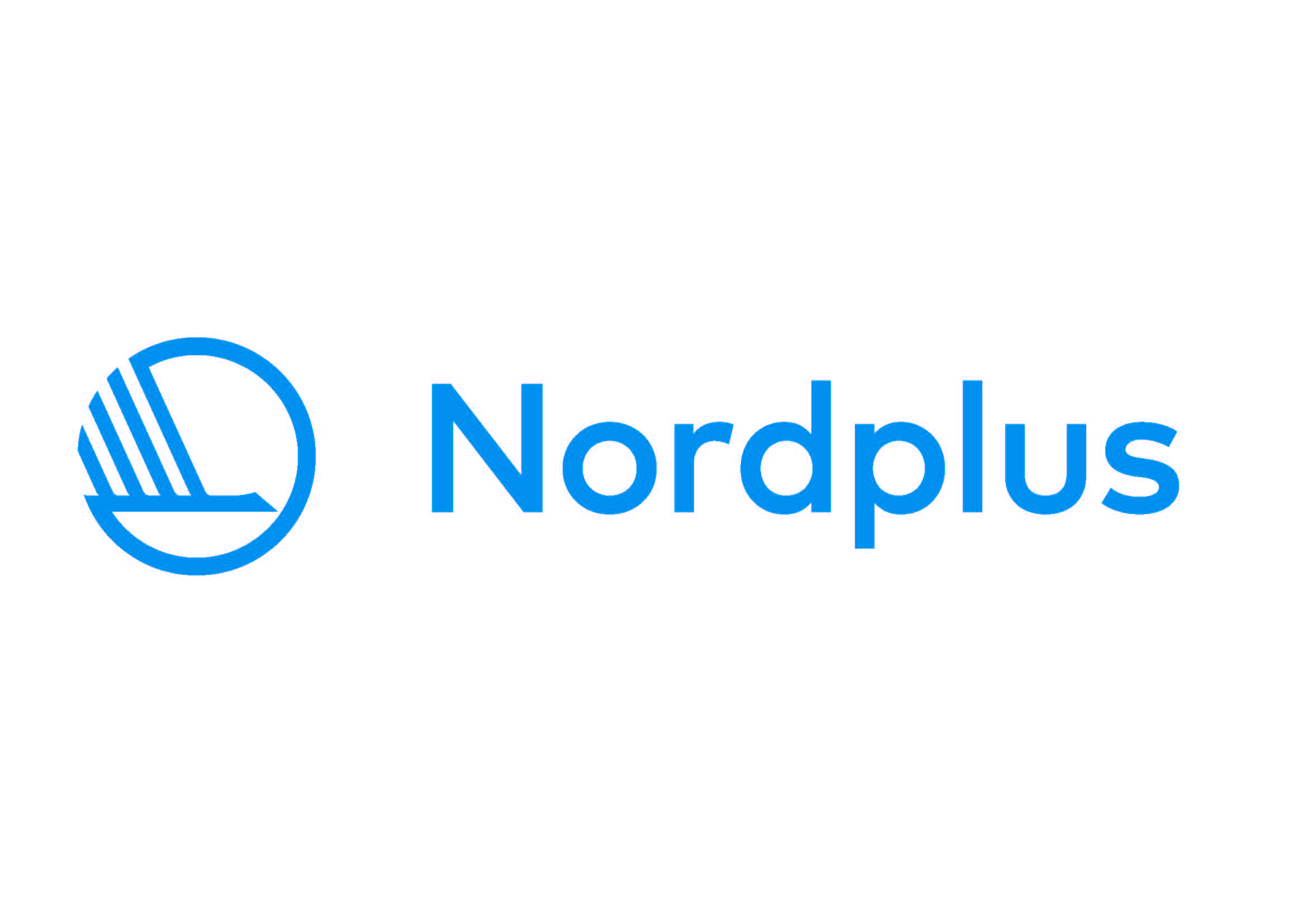Teaching period: 16. 3. – 20. 3. 2020
Umeå Academy of Fine Arts, Master’s programme
Teacher(s): Christoph Draeger CH/D), Laura Kuusk (Est), Keith Larson (USA)
ECTS: 3
Number of available place for KUNO students: 8
Level: MFA
Requirements: Demonstrating a strong interest in issues of climate change, sustainability, activism, political art
Application deadline: February 26, 2020
How to apply:
Send a short motivation letter and a small portfolio, to demonstrate that you have been thinking about related issues in your work before, and to express your interest towards the course to Christoph Draeger (christoph.draeger@umu.se). You can also include a description of an idea for a project.
Course description:
Today, the news warns us almost daily anew of environmental threats related to climate change. The thawing of the permafrost and the connected release of an enormous amount of greenhouse gases will further increase global warming in feedback loops that may trigger other tipping points. This global warming will result in the collapse of ecosystems, the disappearance of the rainforests, mass extinction of species, the melting of the icecaps and Greenland, the warming of the oceans and the ensuing seawater rise that threatens most of the world’s megacities and coastal populations. The global rise of the earth’s temperature by just a couple of degrees threatens us with desertification, mass migration, the possible collapse of the jet stream, mass migration…the list can be continued. We are realising that this is not a scenario in the far future but that the intensification of weather-related catastrophes like brushfires, hurricanes, floods and heatwaves has already begun to impact us for real.
There is a certain risk that we get numb or immunised by the sheer weight of the never-ending bad news. For many, there is a general feeling that it only happens elsewhere - California, the Caribbean, Australia, or Indonesia - or in a future that doesn’t concern us personally. Like Marcel Duchamp had written on his epitaph: D’ailleurs, ce sont toujours les autres qui meurent : Btw, it’s always the others who die. But in summer 2017, large regions of the Swedish forest were on fire and mass migration of future climate refugees is certain to fuel the support for populist and nationalists politics in the welfare state. Right wing demagogues will use warnings that our way of life is threatened by immigrants to try abolishing our Western democracies.
The curators of last year’s Moderna Museet survey, With The Future Behind Us, stated: It might be symptomatic of an era characterised by enormous increases in population and alarming reports on climate change that many artists are also describing our civilisation as having reached a critical threshold. Not only have we caused the extinction of many species of flora and fauna and damaged the ecological systems of the planet irreversibly, but our way of life is also undermining the conditions necessary for our own survival. Political developments across the world combined with the growing reality of catastrophic climate change, also require us to confront the power structures and political priorities that have determined where we stand today.
In this Kuno course, ARcTic, Art and Climate, we are posing the question, what can artists do to get involved in this most urgent discussion of our time? How can we engage in a global discourse that becomes more and more omnipresent? How can we disseminate information through artistic means, and how can artistic research interact with scientific research?
The aim of this study week is to expand our perception of these pressing issues by working across practices like Land Art, Activist Art, Environmental Art, Propaganda etc in a trans-media approach. The collaborative project focuses on the experience and perception of the landscape by artists as an active relationship that transforms physical conditions and phenomenological situations into political or poetic artistic action.
The Climate Impact Research Centre in Abisko has conducted research about the possible impacts of climate change for more than 20 years, and its coordinator and researcher, evolutionary ecologist Keith Larson, is a co-teacher on this course. Mr. Larson has extensive experience in collaboration with artists, notably with Bigert and Bergström, and Olav Westphalen. Laura Kuusk is a prominent Estonian multi-media artist, and artistic researcher. She is associate professor at Estonian Academy of Fine Arts. We plan to hold lectures and seminars about art and the Arctic in times of climate change, to inspire students to find a way of researching and producing their own practice in extreme conditions. Every student will engage in fieldwork, creating and documenting a work that will be discussed by the group.
This course is a follow-up of the last two years’ collaboration between the Master’s programme at Umeå Academy of Fine Arts and the Climate Impact Research Centre in Abisko. The aim of the course is to continue, and deepen the critical dialogue of the art students with the Arctic landscape.
Please note that the entire course is happening in Abisko, and you have to travel there by train. Accommodation will be provided free of charge by the Abisko Scientific Research Station in shared bedrooms. The food will be organised by the students themselves. There is a supermarket.
Links:
http://www.christophdraeger.com


